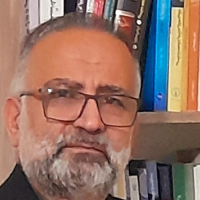A Study on Measuring the Differences Degree of Religiosity of High School Students in KhalkhalCity and Using the Satellite Networks
The purpose of this study is to measure the differences degree of religiosity of high school students in Khalkhal city and using the satellite networks. In this study, we used the Glad and Stark multi-dimensional model. This research is conducted through a survey method. The statistical population of this study was high school students in Khalkhal city with 2,483 people. The sample size contains 335 people, which is obtained using the Cochran formula. The staging method for the sample has been chosen by volume to population in terms of the number of schools. The instrument for measuring the hypotheses is a questionnaire. The questionnaire was in the form of a five-choice Likert spectrum. For data analysis, descriptive and inferential statistics and SPSS software has been used. The information has been arranged in the form of one-dimensional and two-dimensional tables after preparing the matrix table. Findings of the research indicate that the level of religiosity and its dimensions, which include religious, religious acts, and emotional aspects, differ in the use of the satellite networks. The religion of our statistical community is less likely to use the satellite.
- حق عضویت دریافتی صرف حمایت از نشریات عضو و نگهداری، تکمیل و توسعه مگیران میشود.
- پرداخت حق اشتراک و دانلود مقالات اجازه بازنشر آن در سایر رسانههای چاپی و دیجیتال را به کاربر نمیدهد.


